
我们想用这篇文章逐步介绍NKN可扩展的共识。 它涉及到一种从简单到复杂的“自旋”模型(自旋的极性代表投票的态度),最后推导出NKN多数投票元胞自动机(Majority vOting Cellular Automata, MOCA)共识。在这个过程中会体现出一定的相关性和可扩展属性的演化过程。首先,先了解一下什么是“自旋”。 “自旋”是物理学中粒子的一种属性。它是粒子(例如原子,质子或电子)固有的角动量。我知道这样结合数学和物理概念介绍可能让很多人望而却步,但是我保证如果你坚持下了解了自旋,就会在后面介绍中深刻理解它在共识中的奥妙之处。回到正题,这种粒子和量子力学系统的自旋, 常被成为“粒子自旋”,具有几个非经典特征。幸好我并不打算深入介绍这些特征,只需要记住由自旋粒子组成的系统,在本文中称之为自旋系统,而且自旋只具有二元状态,类似于磁针的南北极指向仅限于“12点钟”和“6点钟”方向上,如图1所示。而在物理学中,对于自旋系统的解释时比较晦涩的,其对应的自旋角动量不能与旋转相关联,而是仅指角动量的存在。所以,在本文中可以简单的理解每个自旋粒子对应复杂网络的节点个体,而其自旋状态对应该节点可以拥有的二元状态。

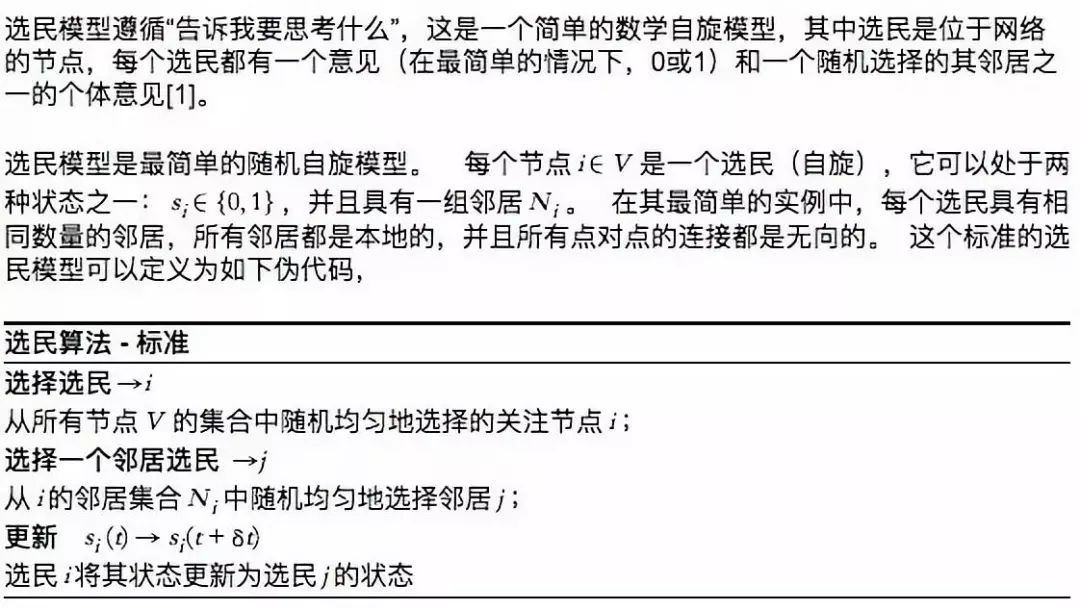
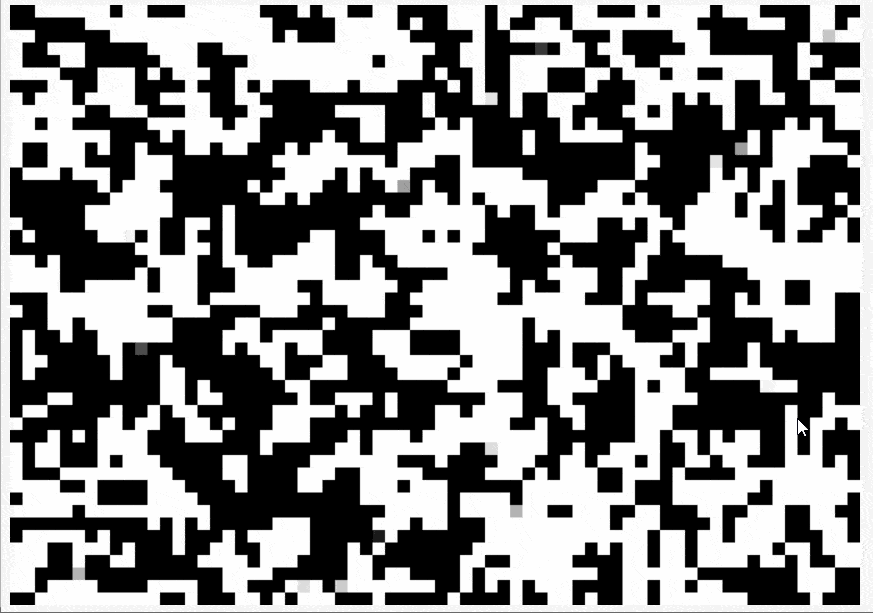
图2,标准选民算法的仿真动画。 由https://math.berkeley.edu/~bgillesp/apps/voter提供
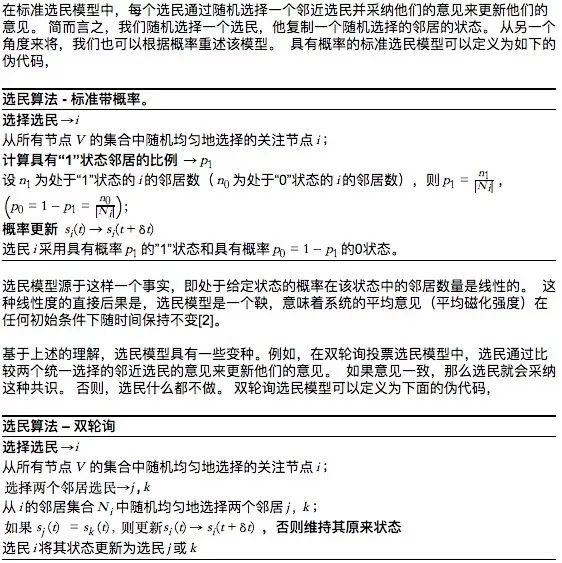
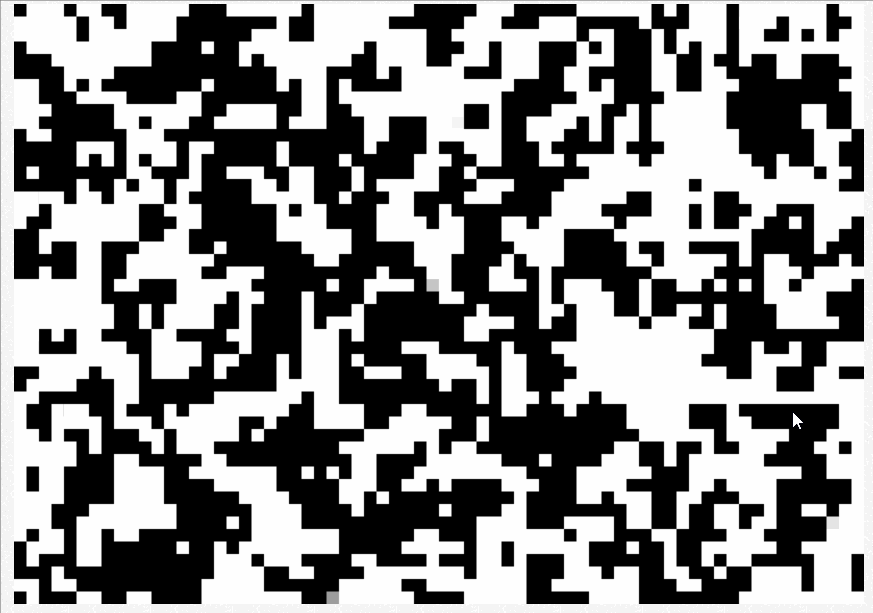
图3,双轮询选民算法的仿真动画。由https://math.berkeley.edu/~bgillesp/apps/voter提供
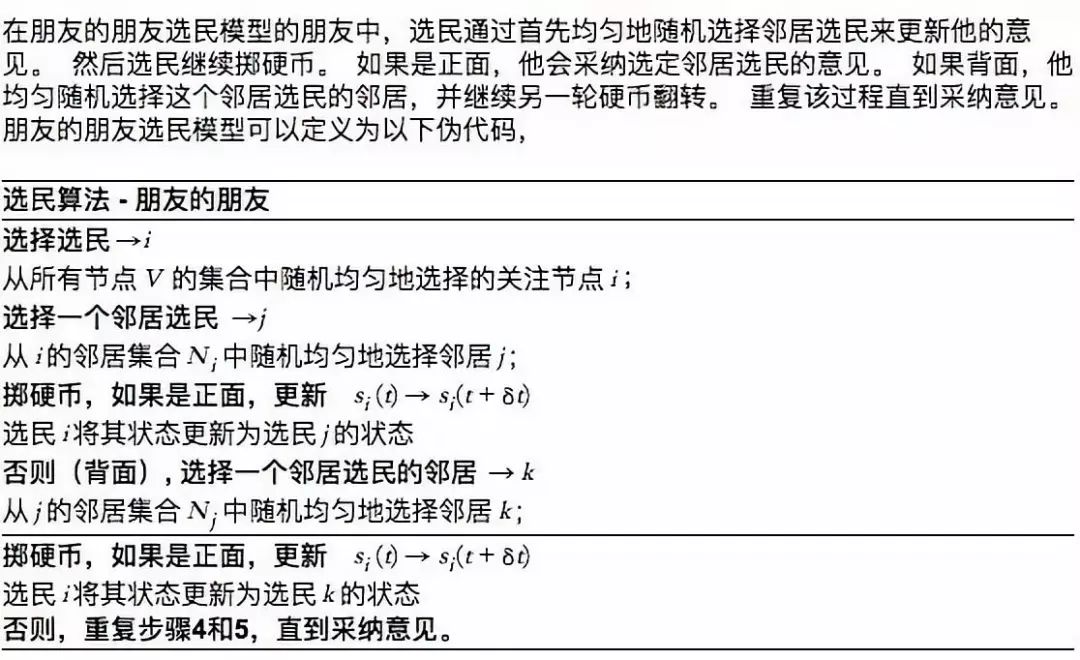
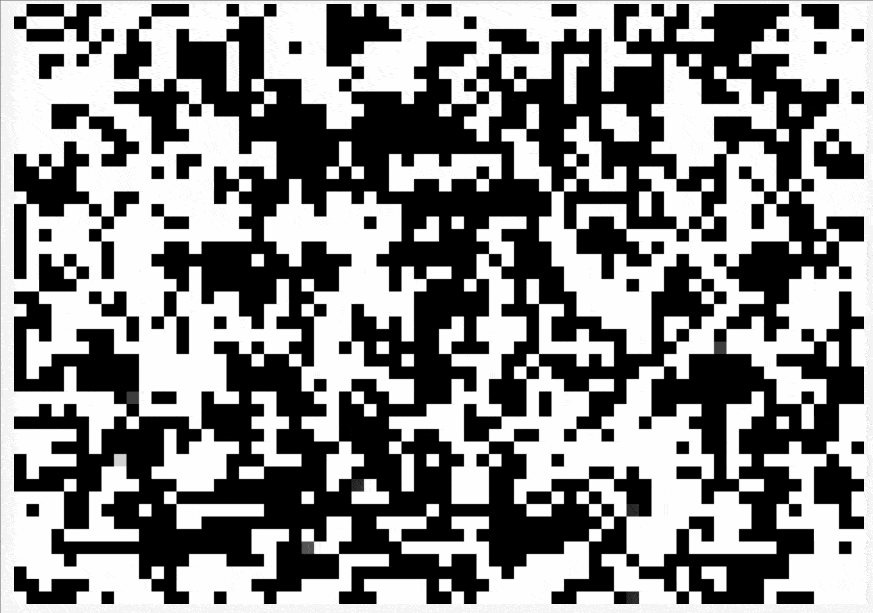
图4,朋友的朋友选民算法的仿真动画。由https://math.berkeley.edu/~bgillesp/apps/voter提供


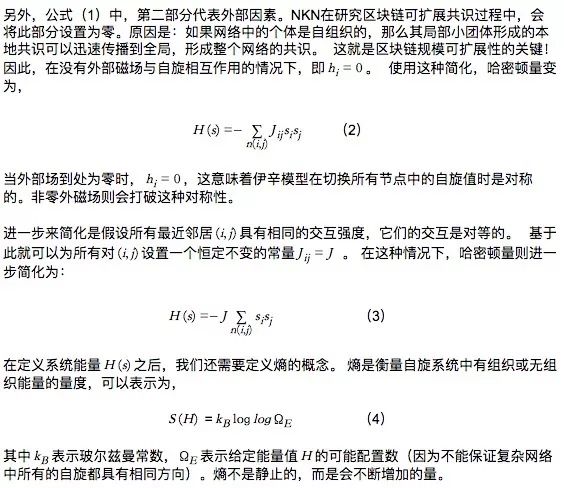
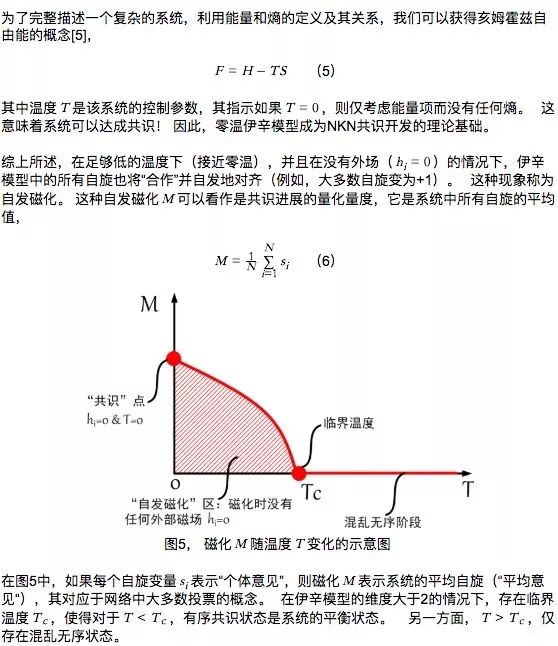
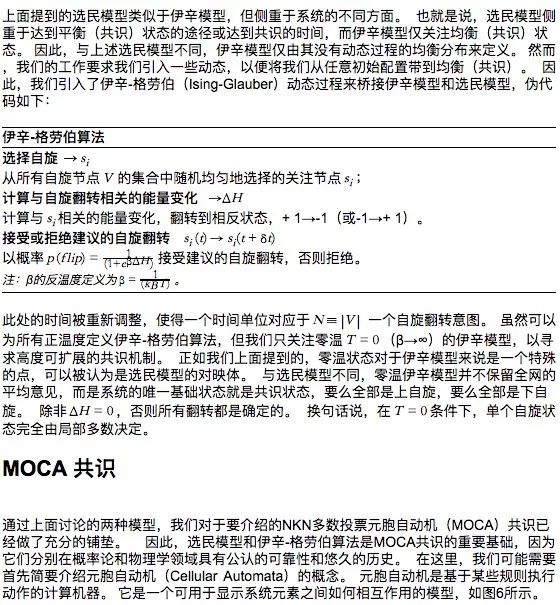
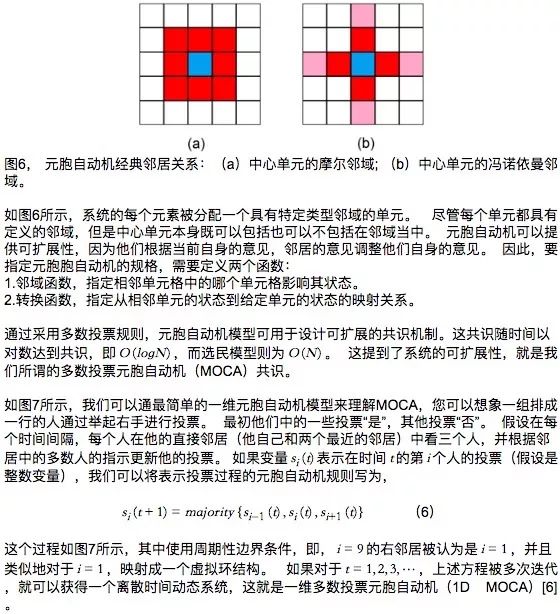
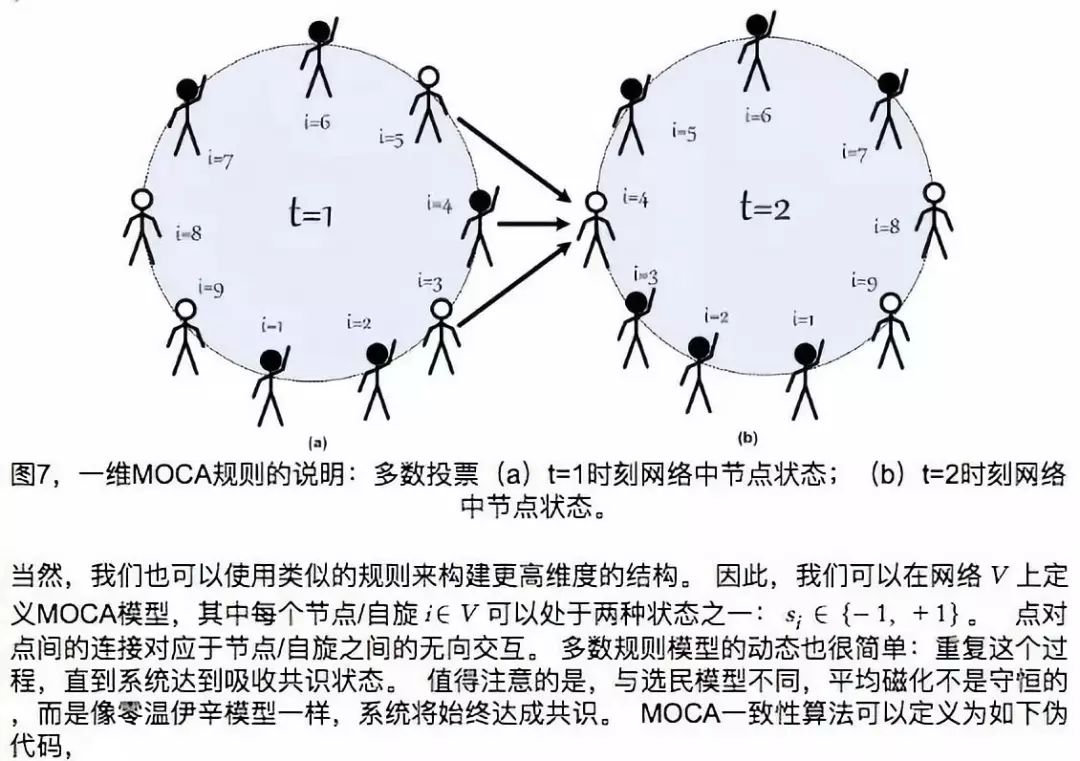

MOCA共识仿真

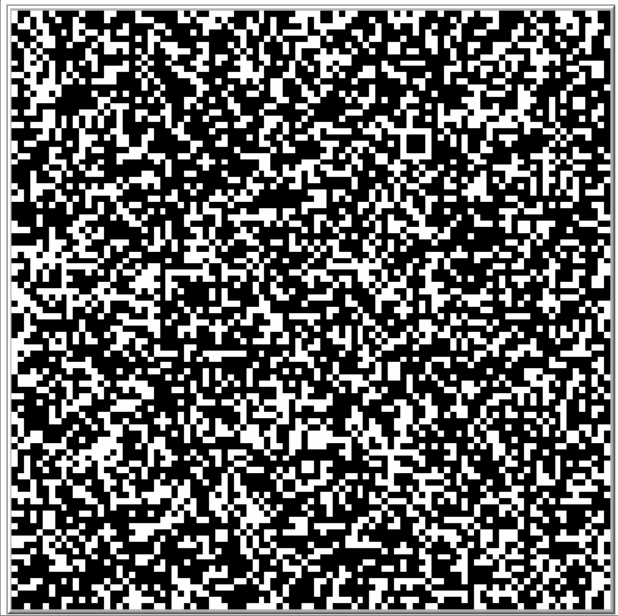
图8,对摩尔型元胞自动机的MOCA共识的模拟仿真

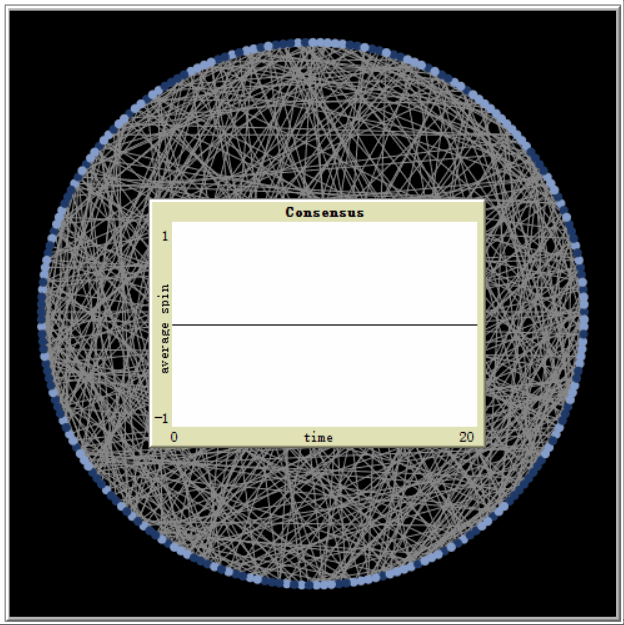
图9,对随机网络映射成环的拓扑进行MOCA共识仿真
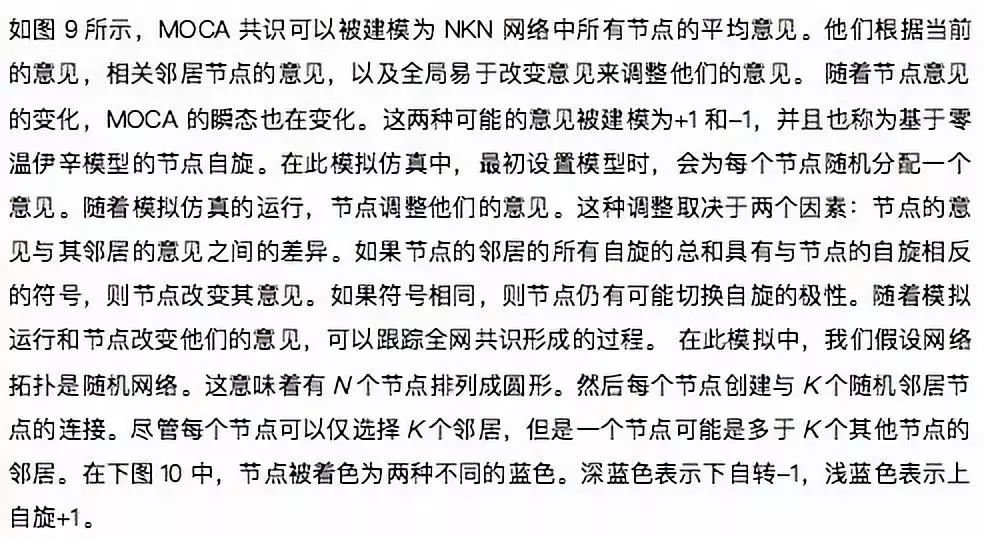
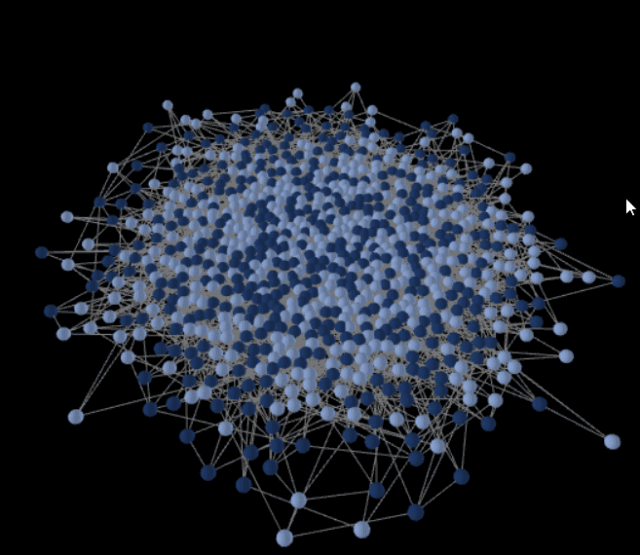
图10,具有任意拓扑的随机网络上的MOCA共识的模拟仿真

结论

参考文献
[1] Opinion Dynamics, Web Science (VU) (706.716), Elisabeth Lex, ISDS, TU Graz, June 4, 2018.
[2] T. M. Liggett, Interacting Particle Systems. Springer, 2005.
[3] Simulating Glauber dynamics for the Ising model, Raissa D’Souza, Mechanical and Aeronautical Engineering, Center for Computational Science and Engineering, UC Davis, 2006.
[4] Handout 12. Ising Model, ME346A Introduction to Statistical Mechanics , Wei Cai , Stanford University,Win 2011.
[5] Free Energy. Thermodynamic Identities. Phase Transitions, Physics 3700, 2015
[6] Henryk Fuk´s, Cellular automata simulations, - tools and techniques, Brock University, Canada, 2012.
[7] Wilensky, U. (1999). NetLogo. http://ccl.northwestern.edu/netlogo/. Center for Connected Learning and Computer-Based Modeling, Northwestern University, Evanston, IL.
[8]Wilensky, U. (1997). NetLogo Rumor Mill model. http://ccl.northwestern.edu/netlogo/models/RumorMill. Center for Connected Learning and Computer-Based Modeling, Northwestern University, Evanston, IL.
[9]Wilensky, U. (1998). NetLogo Voting model. http://ccl.northwestern.edu/netlogo/models/Voting. Center for Connected Learning and Computer-Based Modeling, Northwestern University, Evanston, IL.
